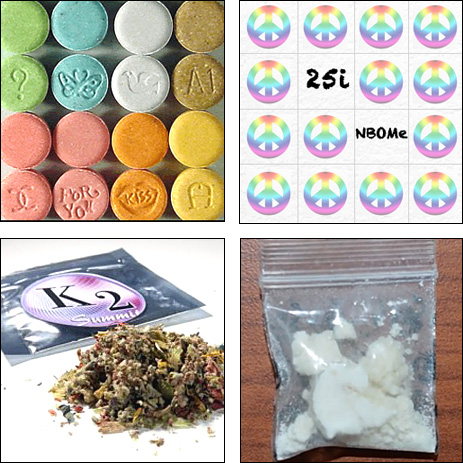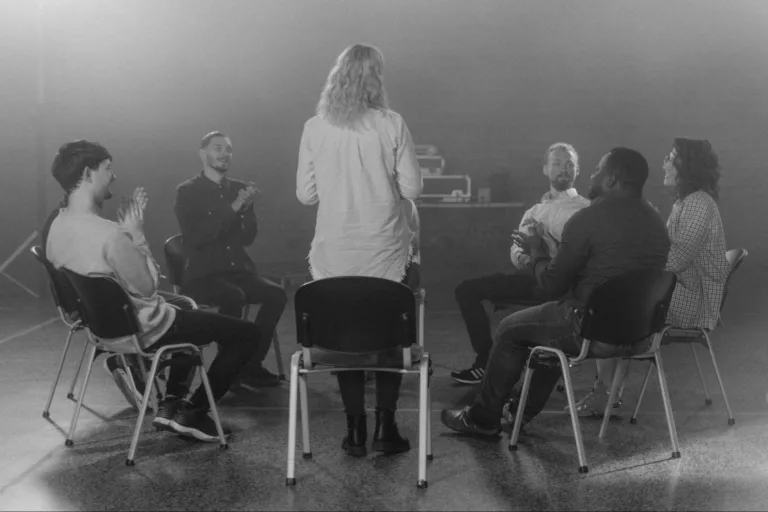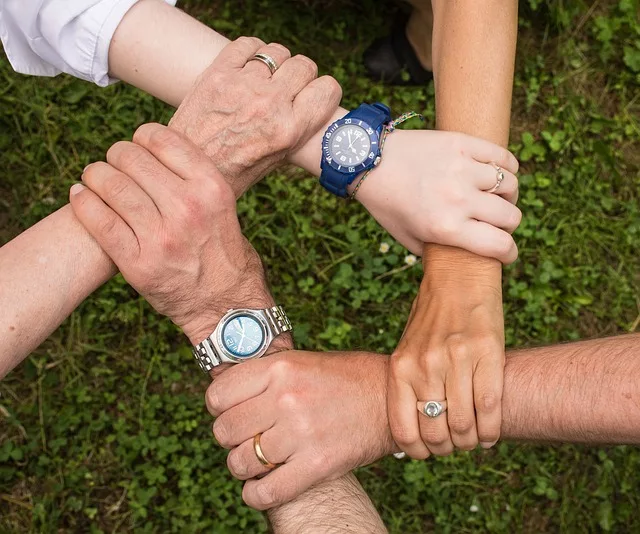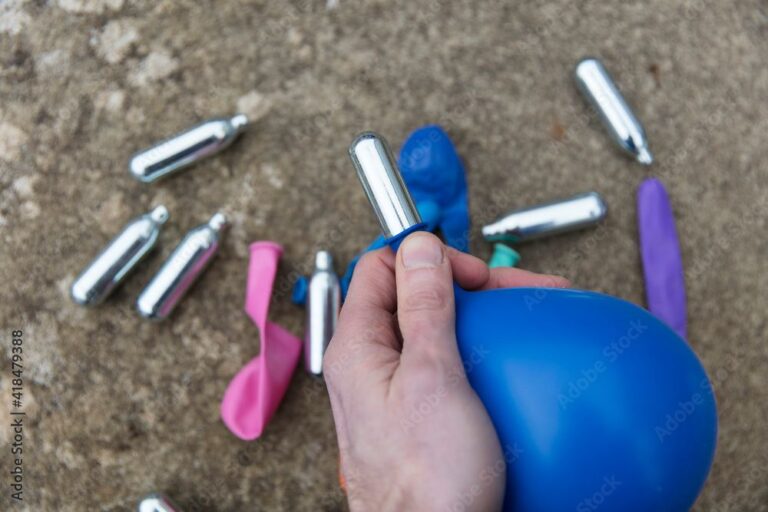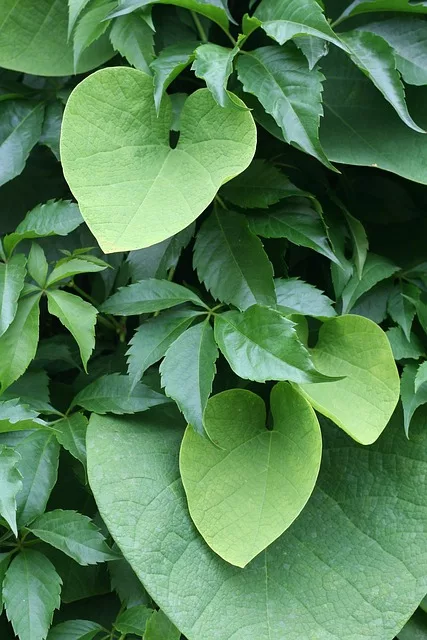Designer Drugs are a category of psychoactive narcotics created from synthetic chemicals to mirror the effects of other drugs. In some instances, a slight chemical modification can increase the potency of these illicit products, making them even more powerful, addictive and dangerous than they were previously.
One reason for the rise of designer drugs is that often the chemicals used to make and manufacture them aren’t illegal at first. This allows for the legal sale of these products, either over the counter or through online retailers.
While the law generally catches up to designer drugs, that doesn’t mean they disappear from circulation on the black market once they’re made illegal.
Likely the greatest danger in using designer drugs is that there is no standard for manufacturing. This means that the ingredients used to make them and the potency rates vary widely among different batches.
In turn, this creates a much higher risk of overdoses and fatalities for users of designer drugs.
Addiction to designer drugs, also called “club drugs,” can alter the chemical balance in a user’s brain. This can lead to mental disorders, such as anxiety and depression, especially in the developing brains of teenagers.
What Are Some Dangerous and Popular Designer Drugs?
1. MDMA (Ecstasy, XTC, or “E”)
MDMA is an empathogen, meaning it causes emotional and social effects, and is in the amphetamine class of drugs.
MDMA induces a sense of euphoria in users. The adverse side effects, such as hypertension, cardiac issues and hypothermia, can be fatal.
Users often experience severe psychological side effects, such as depression, anxiety and exhaustion, several days after taking the drug. This is sometimes referred to as “Suicide Tuesday” or “Tuesday Blues.”
2. Molly
Molly is a purer form of MDMA that is supposed to come without any extra ingredients, such as amphetamines. However, because there is no standard for manufacturing designer drugs, it is generally impossible for users to know if they’re truly getting pure MDMA.
What is the Difference Between MDMA and Molly?
3. Bath Salts
Bath Salts were created to mimic the effects of methamphetamine. Methylenedioxypyrovalerone is the main ingredient in this product, which comes in powder form.
Bath salts have been known to also contain pesticides and fungicides, and other chemicals that are potentially deadly.
Users can experience spells of terror, anxiety, confusion, hallucinations, as well as a number of other serious side effects.
4. Synthetic Marijuana
Synthetic Marijuana also referred to as “K2” or “Spice,” is made by soaking natural herbs in synthetic chemicals to produce a psychoactive high similar to marijuana.
These products might be sold as incense, and it’s abused by smoking it. The three main ingredients in “spice” have been outlawed because some users have experienced psychotic reactions, such as paranoia, anxiety and hallucinations.
5. Gravel
The drug Gravel comes in a crystal-like form, and it contains a mixture of bath salts, methamphetamine and Klonopin.
However, some samples of Gravel have shown up with traces of ammonia nitrate, a flammable chemical in fertilizer.
The drug affects the cardiovascular and central nervous systems of users. It can cause damage to the brain, a rise in blood pressure and result in severe paranoia.
6. Krokodil
Krokodil is a deadly and incredibly addictive designer drug that contains Desomorphine and other ingredients with a high that is similar to heroin.
Krokodil has also shown up containing gasoline and paint-thinner in its list of ingredients.
The name refers to one of the side effects of the drug. It causes dark, rough patches of skin on users that resemble the skin of a crocodile.
Prolonged use actually rots the skin and organs, leading to amputations and death.
7. 25i (also called “Nbomb” and “Smiles”)
25i is a psychedelic-like substance often compared to LSD or “acid.” It has only recently been made illegal and is very cheaply sold at $5 to $10.
It comes in the form of a liquid, powder or soaked into blotter paper that users can put on their tongues to absorb the dangerous chemicals.
Large doses of this drug can be fatal and cause a host of severe side effects, such as seizures, paranoia, fear, and panic.
Drugs Have Changed Over Time
Every year new forms of synthetic drugs reach the street, and while teens and young adults are acutely aware of them, most parents have no idea they even exist.
Awareness of sudden changes in behavior, especially depression, anxiety, and dramatic changes in sleep patterns, could signal that something is wrong.
Parents need to keep an open line of communication with their kids and be aware that the drugs have changed quite a bit since they were in school.
Related:
The 27 Club – A Tragic Tour of Famous People That Died Too Young
These Aren’t Your Grandma’s Brownies: Marijuana Edibles
Why is Teenage Drug Use Such a Big Deal?
New Personality Test Identifies Children at Risk for Addiction
